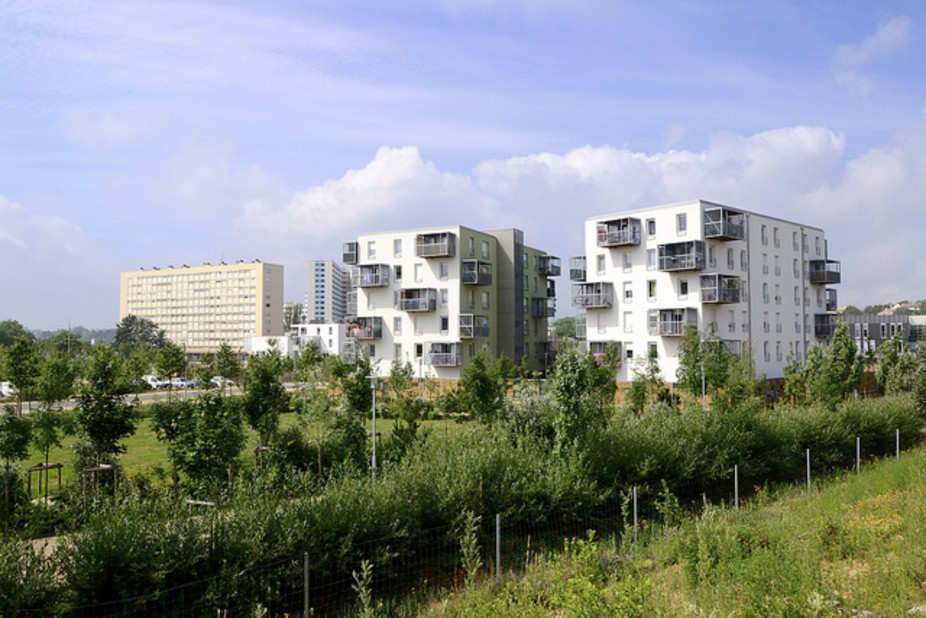In 2023, 3.1 million homes were vacant in France, excluding Mayotte, representing 8.2% of the housing stock (Insee).
Since 1990, the number of vacant dwellings has risen by nearly 1.2 million, an increase of 60%. Most of this increase began in 2005, and has since averaged 2.5% per year. Between 2005 and 2023, the number of vacant dwellings will increase 2.3 times faster than the total number of dwellings. Vacancy is on the rise in almost all départements, with the exception of Corsica and Hérault. It is increasing more rapidly in departments where it was already high.
More in the city than in the country
The proportion of vacant dwellings is highest in less densely populated areas, outside the catchment areas of cities, and in areas with fewer than 200,000 inhabitants. Conversely, it remains lower in the catchment areas of the most densely populated cities, in areas undergoing demographic growth, or in those renowned for their tourist appeal. Within the catchment areas of cities of all sizes, vacancy is on average higher in the central municipality than in the other municipalities of the cluster or those on the outskirts.
The fight against vacant dwellings
There are two main types of vacancy. Frictional vacancy is the period during which a property remains available for sale or rent. Although its duration can vary, it is by nature temporary and necessary to the functioning of the real estate market. Structural” vacancy, which often lasts longer, generally reflects problems for which there may be many reasons: demographic decline, mismatch between supply and demand (location problems, type and size of housing, proximity of amenities), age or even insalubrity of the property, ownership status, disputes between tenants and owners, inheritance problems, etc.
A tax on vacant dwellings
Particular attention is being paid to the issue of housing vacancy, in view of the dual challenge of guaranteeing access to housing for all, and optimizing land use by limiting the artificialization of land by new construction. Various measures have been put in place to encourage the mobilization of vacant housing. In 1999, a “tax on vacant housing” was introduced for municipalities located in urban areas with a population of over 50,000 in a “tense zone”. A redefinition of the perimeter of “zones tendues” takes effect on January 1ᵉʳ, 2024, increasing the number of communes concerned from 1,150 to 3,698, representing 45% of the total housing stock.
Since 2006, other communes have been able to institute a “tax on vacant accommodation” for dwellings vacant for more than two years. The issue has also been taken into account in schemes such as the “Housing First” and “Small Towns of Tomorrow” plans, and the “Action cœur de ville” program.
The National Plan to Combat Vacant Housing, to be launched in 2021, aims to coordinate and complement all these measures.

